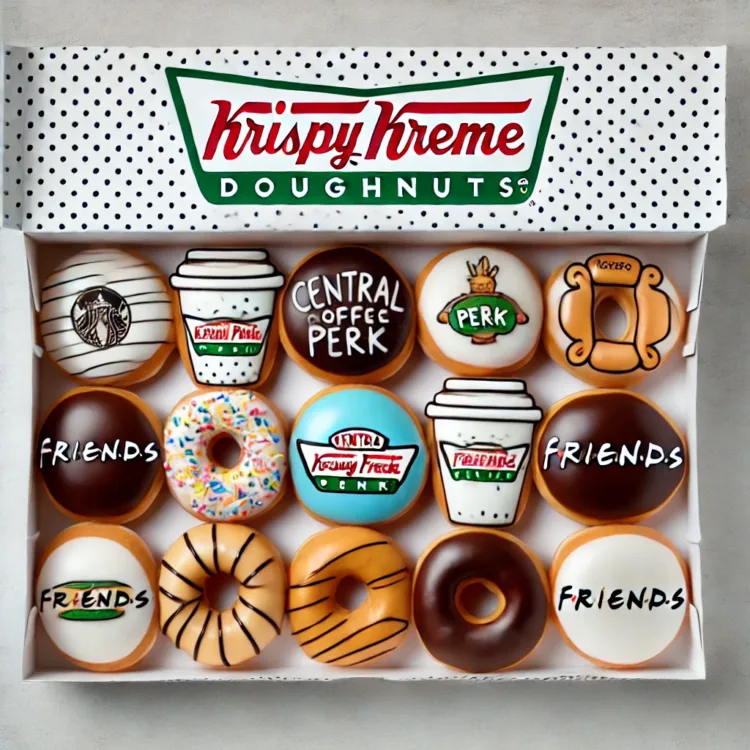
The Rise of “Skinimalism” and “Normcore” – clean beauty market will reach a massive USD 15.4 billion by 2030
May 14, 2024
Rate Hike Today Deliver Less Monetary Stimulus: Analyzing the Shift in Global Economic Dynamics
May 14, 2024
Image via www.vpnsrus.com
OTTs have the most extensive content library at your fingertips, and they are finally ruling the roost while making those good old days of flipping through the thousands of channels to catch something interesting go far. Yet, very much like your favorite episode, the OTT world is a world under constant change.
The most significant change, however, is the rise of niche streaming services. Are you tired of boring, generic channels filled with shows that do not catch your fancy? Now, there's a service for every passion. Are you craving classic French films? Mubi curates just such a collection—boasting over 10,000 titles for those who love the cinema. Want the latest anime hits? Crunchyroll is there, with over 90 million registered users globally in 2024. With reduced costs associated with the launch of their services, creators and companies are reaching fans directly and providing specialized content catering to more specific interests. This has allowed for a further increase in the fragmentation of specific genres, giving more stronger community sense to passionate viewers. and the industry will be around $100 billion market by the year 2027, according to a recent study by Grand View Research.
But the abundance of choice has led to the new issue of subscription fatigue. By 2023, the average American household subscribed to about four services -Leichtman Research, 2024. Things are getting a tad crowded with an embarrassment of shows spread across so many services. The surfeit of options is being fought by bundling various streaming services with their plans, which phone and internet companies offer to their customers, making it one single stop for entertainment. Like a discounted cable bundle, but for the streaming era, AT&T throws in an HBO Max subscription on select internet packages, and Verizon throws in a Disney+ and Hulu subscription in specific bundles. All this bundling helps keep costs under control and, therefore, reduces decision fatigue on the viewer's part. Blue Billywig states that bundled packages will represent up to 50% of online viewing minutes by 2025.
Another significant development will be the launch of ad-supported tiers on most of these platforms. Subscription fatigue is real, and services are looking for ways to make it affordable. With prices coming down and ad-supported tiers coming into the picture, many new viewers can now afford to watch shows in exchange for watching a few commercials. This opens the floodgates to a much greater audience that had no interest in paying for another subscription before. Another promise of ad tech development is more relevant and entertaining commercials, which may not seem intrusive and more involving. A case in point: Netflix is now testing ad-supported tiers in some markets.
And the battle for our attention rages on beyond content. Smart TVs and streaming sticks are dominating living rooms, fueled by convenience.
According to a study from Parks Associates, smart TV ownership is expected to grow to 80% of U.S. households by 2025. Turn on your TV, and your favorite shows are ready to roll. No more cable boxes or confusing remotes. This has set off a battleground between tech giants and traditional media companies, all trying to win a foothold inside our living rooms with the latest devices and content deals. We can expect further innovation in streaming technology and partnerships between device manufacturers and OTT platforms to optimize the viewing experience.
Sometimes, that is overwhelming, with that much content to go through for the perfect show or movie. But no fear; light is at the end of the tunnel. Now, these streaming services get very smart about recommendations at this level. It's like having a friend who knows all the shows you would totally love, and it's all thanks to recommendation algorithms. They would analyze your watching and recommend hidden treasures you would have otherwise missed investing time in. And with features such as watch lists and the ability to switch seamlessly between devices, there's never been a better way to manage your queue and stay on top of that whole viewing experience.
Live sports have always been a reason to keep cable. But OTT platforms are making a play for the game. Now, leagues are also partnering with streaming services to broadcast their events, and this includes exclusive content like live games. For example, it holds the rights to Major League Baseball's "Friday Night Baseball," while ESPN+ exclusively broadcasts UFC events in addition to a host of college sports. That may translate to a subscription to a couple of different services to capture all your favorite teams, but it also means more choice and lower costs than traditional cable packages. The future of streaming live sports is still to be unveiled, but it may become one of the disruptive events in sports broadcasting.
The whole concept of streaming has been on steroids with the introduction of 5G Internet. Buffering is a thing of the past at this lightning speed, and it brings crystal-clear high definition. That means a lot of other experiences, maybe even more immersive in nature, will be opened up to people: things like interactive live events that you can partake in from your couch. Imagine watching a concert, interacting virtually with the performers, or participating in a live game show from your living room. You have endless possibilities here.
The story remains constant in an ever-changing world with niche content, ad-supported options, and a battle for living room supremacy.


